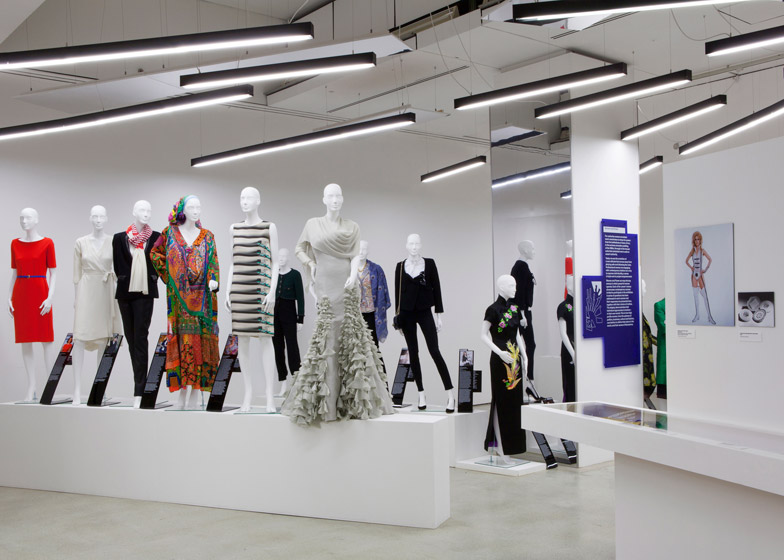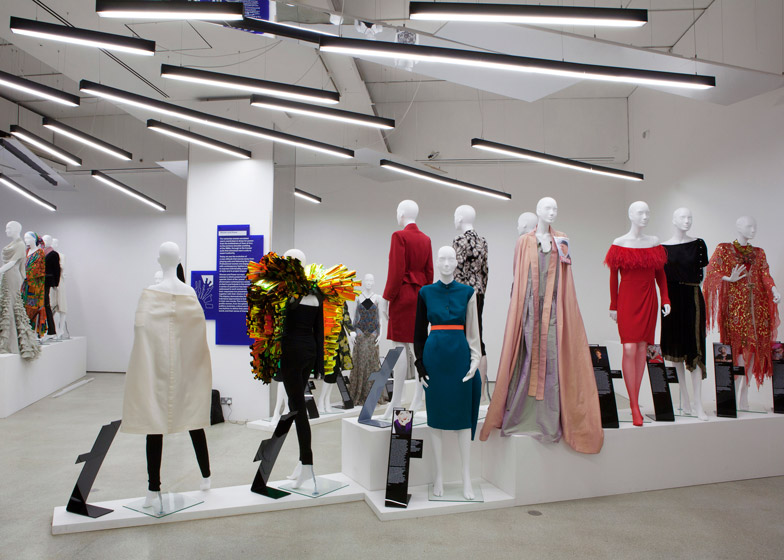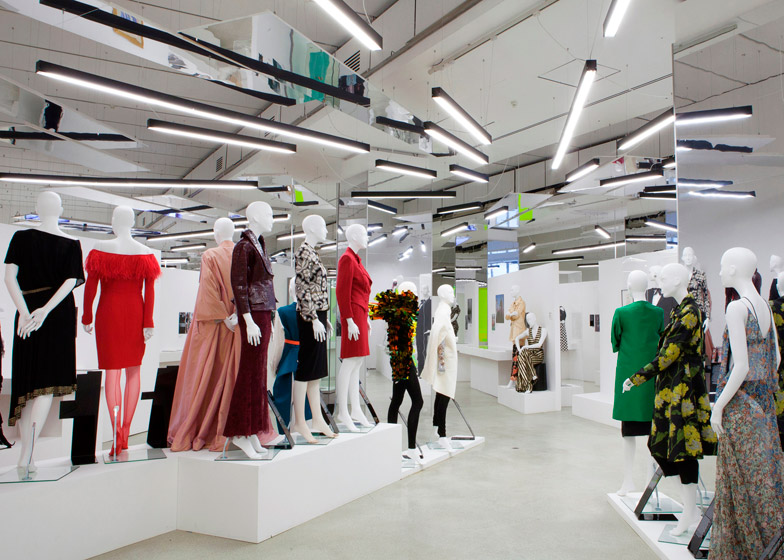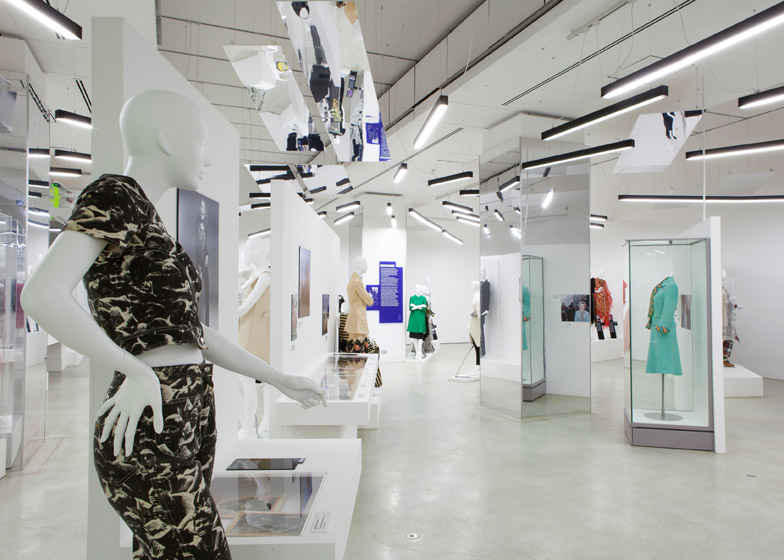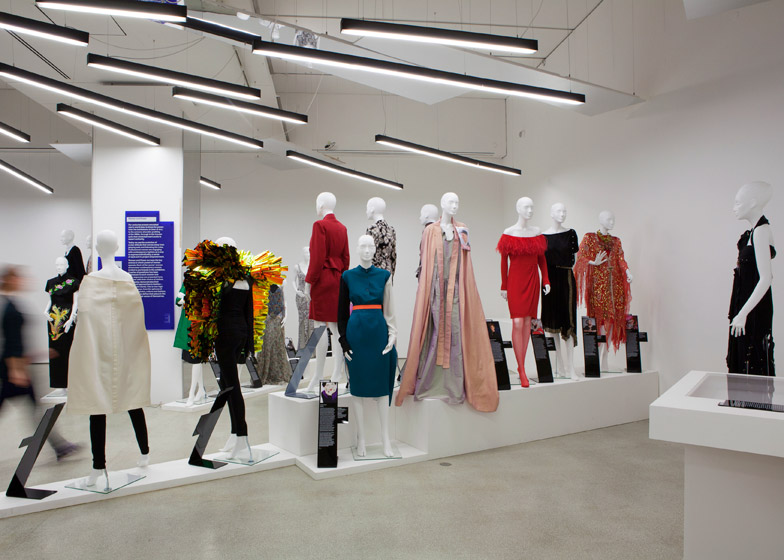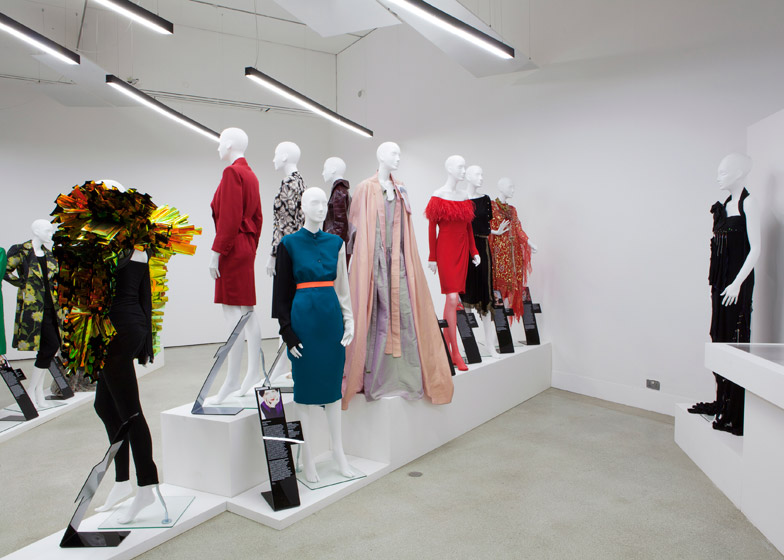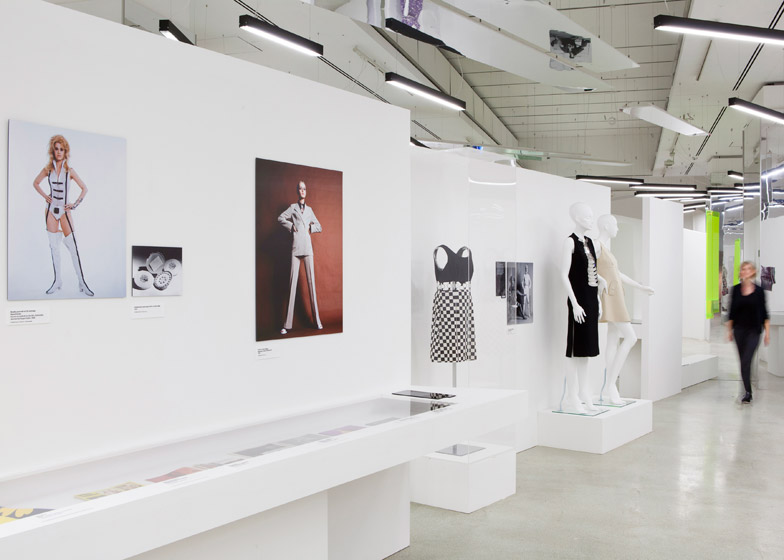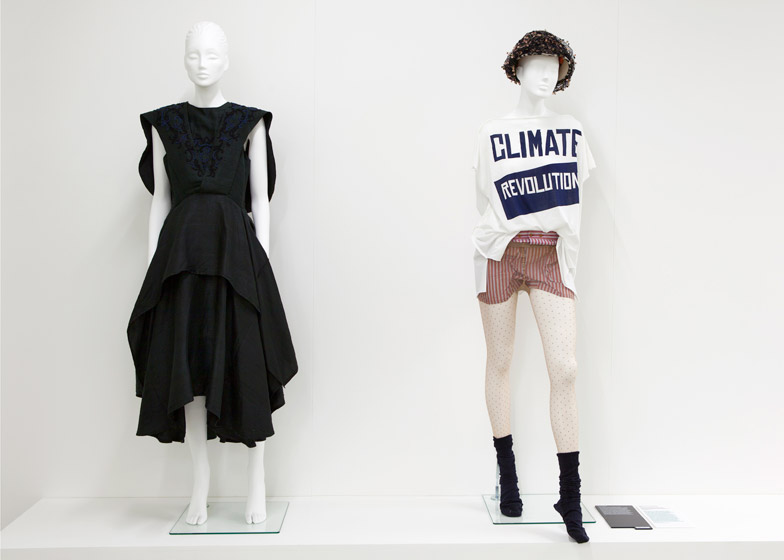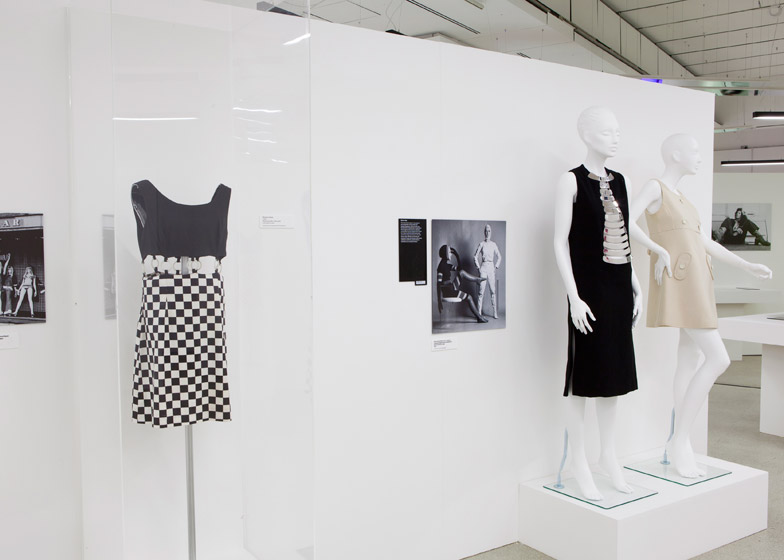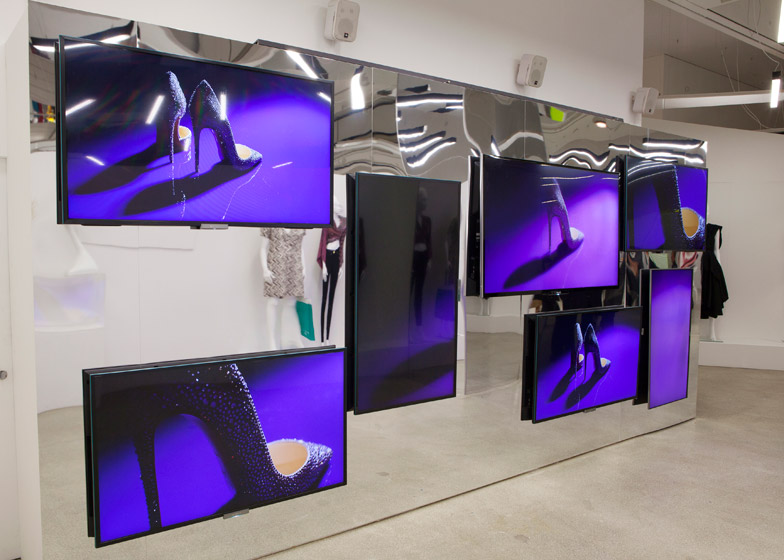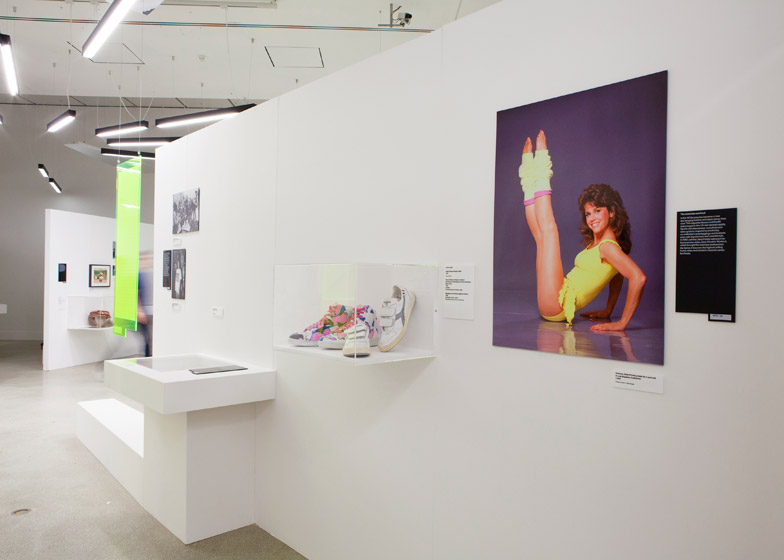"There was no discussion" over the choice of architect Zaha Hadid to design the new exhibition at London's Design Museum about how women in positions of power use fashion, according to its curators (+ slideshow).
"She sort of chose herself," co-curator Colin McDowell told Dezeen during a press conference at the museum this morning. "She is such a force for originality and we wanted something that was up to the exhibition, because it's a very strong one."
London-based architect Zaha Hadid has designed the space and provided a set of outfits for Women Fashion Power, which opens at the Design Museum tomorrow.
"Really there was no discussion about it," continued McDowell, a prominent British fashion writer and curator. "She was splendid, she behaved in exactly the way you'd want Zaha Hadid to behave. We never saw her. We saw the people who worked with her and we got messages passed backwards and forwards. It was an Olympian performance and I'm afraid I loved that."
Hadid is among the 26 women that McDowell and Donna Loveday, head curator at the Design Museum, asked to contribute at least one outfit for the display and provide an explanation about their selections to be shown alongside.
"Initially, I knew that Zaha had an incredible wardrobe, which we were keen to get access to," said Loveday. "I was very keen that we had a woman design the exhibition and a woman that's designed the graphics within the exhibition [Lucienne Roberts], that was really important."
Other women who have lent their clothes include Princess Charlène of Monaco, fashion designers Vivienne Westwood and Diane von Furstenburg, gallerist Pearl Lam, Net-a-Porter founder Natalie Massenet, and the first female mayor of Paris, Anne Hidalgo, who officially opened the exhibition this morning.
Among Hadid's picks is a cream-coloured cape by Italian fashion house Prada, while Princess Charlène selected three outfits by Swiss brand Akris including a grey evening dress she wore to the pre-wedding dinner of Prince William and Kate Middleton – now the Duke and Duchess of Cambridge – in 2011.
Their garments are displayed on mannequins towards the back of the exhibition space, which Zaha Hadid Architects divided into three sections defined by "explosions".
"We looked at many ideas surrounding women, fashion and power," Zaha Hadid Design director Woody Yao told Dezeen. "We thought about recreating a dress, but in the end we came up with the idea for the explosions."
White vertical partitions and plinths emanate from three points around the space, along with black lighting fixtures suspended from the ceiling.
"The entrance is a vanishing point, so you see all the lines converging towards you," said Yao.
Information is displayed on sheets of translucent neon-yellow plastic, while sections of mirror are used on surfaces around the gallery.
A timeline examining the past 150 years of women's fashion, from Victorian bone corsets to high heels by designer Christian Louboutin, is located in the area closest to the entrance.
Pieces worn by Princess Diana, former UK prime minister Margaret Thatcher and fashion designer Elsa Schiaparelli are shown alongside archive photographs and film footage.
The evolution of the "power suit" for women is also documented, from the first designs by Coco Chanel in the 1920s to the present-day iterations worn by businesswomen and politicians like former US secretary of state Hillary Clinton.
"It's important for the visitor to follow a certain path through the experience to understand the fashion history," Yao said.
"We worked with Zaha and her team very closely," added Loveday, "and they have come up with a very bold, dramatic exhibition design that fully reflects the idea of power through fashion."
In the final section, a movie produced by film maker Ruth Hogben is shown across a collection of wall-mounted screens.
The exhibition will be open to the public from tomorrow until 26 April 2015 at the Design Museum's home on Shad Thames.
The museum will leave this building in 2016 to move to a new Kensington location, where it will offer visitors free entry to its permanent collection under a new UK VAT refund scheme.
Hadid's company bought the Shad Thames building last year to house the archive of the architect's work after the museum relocates.
Earlier this year the Design Museum named Hadid's Heydar Aliyev Centre in Baku as its Design of the Year 2014, a decision director Deyan Sudjic defended following widespread criticisms of the award on human rights grounds.
Photography is by Mirren Rosie.

